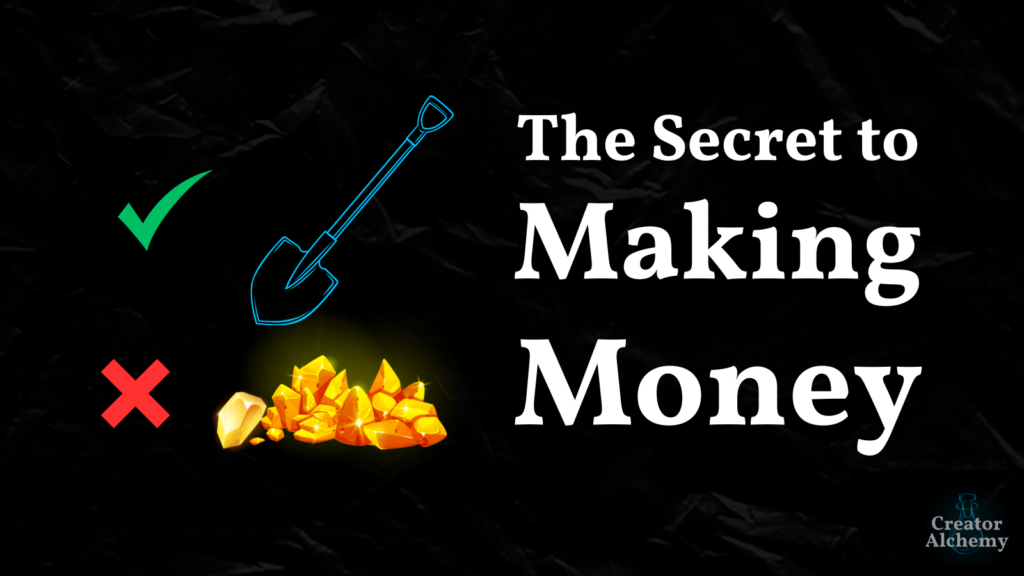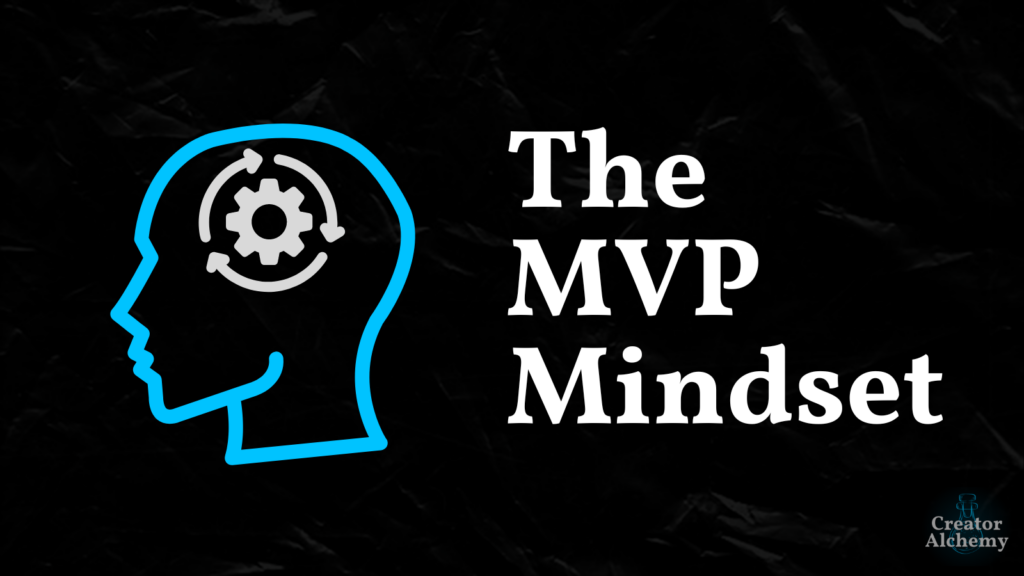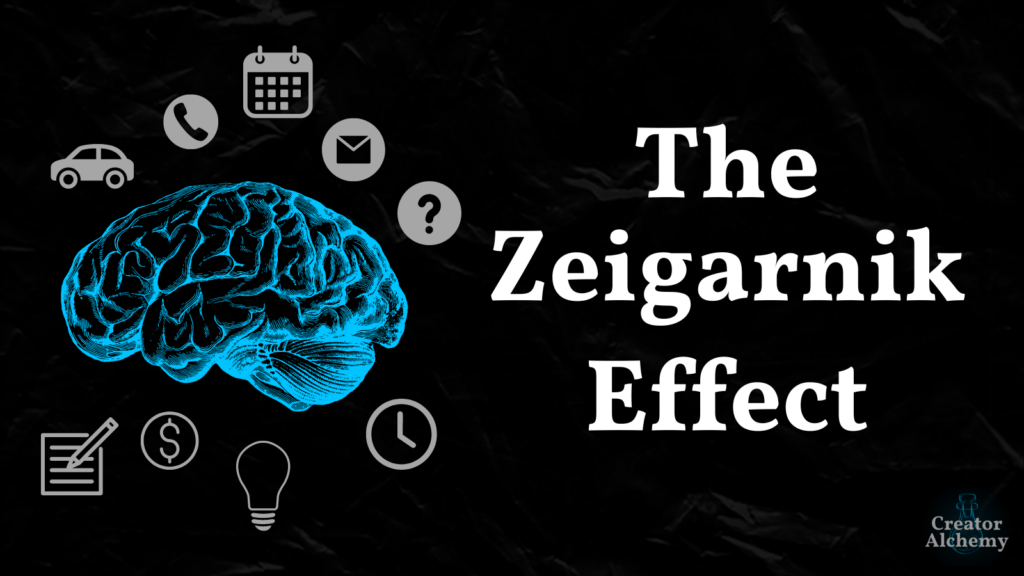How often do you sit down to do one thing, then end up getting sidetracked by 10 others?
We’re all guilty of it.
It’s called “yak-shaving.”
Here’s how it happens and what to do about it…
•••
What is Yak Shaving?
Yak shaving is when you start to do one task, then get sidetracked with a related one, then another, and so on—until you’re nowhere near working on your original task.
Like Shiny Object Syndrome, yak shaving is rooted in failing to stay focused on a task. But while Shiny Object Syndrome is when we get distracted because our current task gets boring or difficulty, yak shaving is when we get distracted in the process of doing a task.
Carlin Vieri, an MIT Ph.D., coined the term in the ’90s after watching an episode of Ren & Stimpy.

•••
How Yak Shaving Works
Here are a few examples:
Let’s say you go to make lunch…
On the way, you notice a hole in your sock.
So you go on Amazon to buy more.
Then you see ads for other essentials.
Then you realize you need a new toothbrush.
Then you remember you have a cavity.
Then you call your dentist.
Then you remember to pay a bill, so you do that “real quick.”
Then you write down other to-dos before you forget.
What were you doing, again?
Oh yeah, lunch…
Or say you’re writing an article and need to reference something:
So you go to YouTube to find an explainer video…
Before you know it, it’s 3 am, and you’re learning about how giraffes would die from bending down to drink water because so much blood would rush to their heads due to their long necks, but don’t because of a unique circulatory system.
^This is a real thing ^
Or say you try to get to the mythical “inbox zero.”
You start by going through all your newsletter issues.
Every one of them links out to other resources.
You click on some because they sound super interesting.
Eventually, you’re playing six degrees of separation from the original email you opened and haven’t made a dent in your inbox.
But man, do you have 45 open tabs worth of articles to read later…
Wait, what were you doing?
So how can you stop shaving yaks and stay focused on the task at hand?
•••
Strategies to Overcome Yak Shaving
Here are two strategies I love:
Strategy 1:
Instead of a to-do list, make a Needle Movers List to stay focused on the 1-3 highest ROI tasks for the day.
I keep it low-tech and write it on a Post-it note right under my monitor each day.
Anytime you start to deviate from your Needle Movers List, ask yourself:
“Is this secondary task more important than my original one?”
If not, write it down and come back to it later to free up your mental bandwidth and avoid the Zeigarnik Effect.
Strategy 2:
Leverage meta-cognition by developing the habit of checking in with yourself.
I learned this trick from a psychologist who’s big into hypnosis and lucid dreaming.
She said the simplest way to start lucid dreaming is to get into the habit of regularly asking yourself, “Am I dreaming right now?” when you’re awake.
If you ask it often enough, it becomes automatic.
Most of the time when you ask it, you’ll say, “No, I’m awake.” But her theory was that, eventually, you’ll actually be dreaming and ask it. Then you’ll say, “I am dreaming!” and be able to start manipulating your dreams.
Note: Even if you think lucid dreaming is bullshit, the idea of frequently checking in with yourself is a solid strategy.
You can use this concept by asking yourself, “Am I working on the highest leverage task right now? Am I being intentional with my time and attention?”
It’ll help you snap out of yak-shaving and refocus if the answer’s “No.”
•••
Final Thoughts on Yak Shaving
Yak shaving is a major obstacle that keeps entrepreneurs from staying focused and doing work that matters.
It doesn’t matter how much time, energy, and attention you spend working if the things you’re working on are distractions.
Hopefully, now you’ve got a better understanding of how yak shaving causes you to get distracted in the process of doing a task and have tools to stay focused on what matters.



